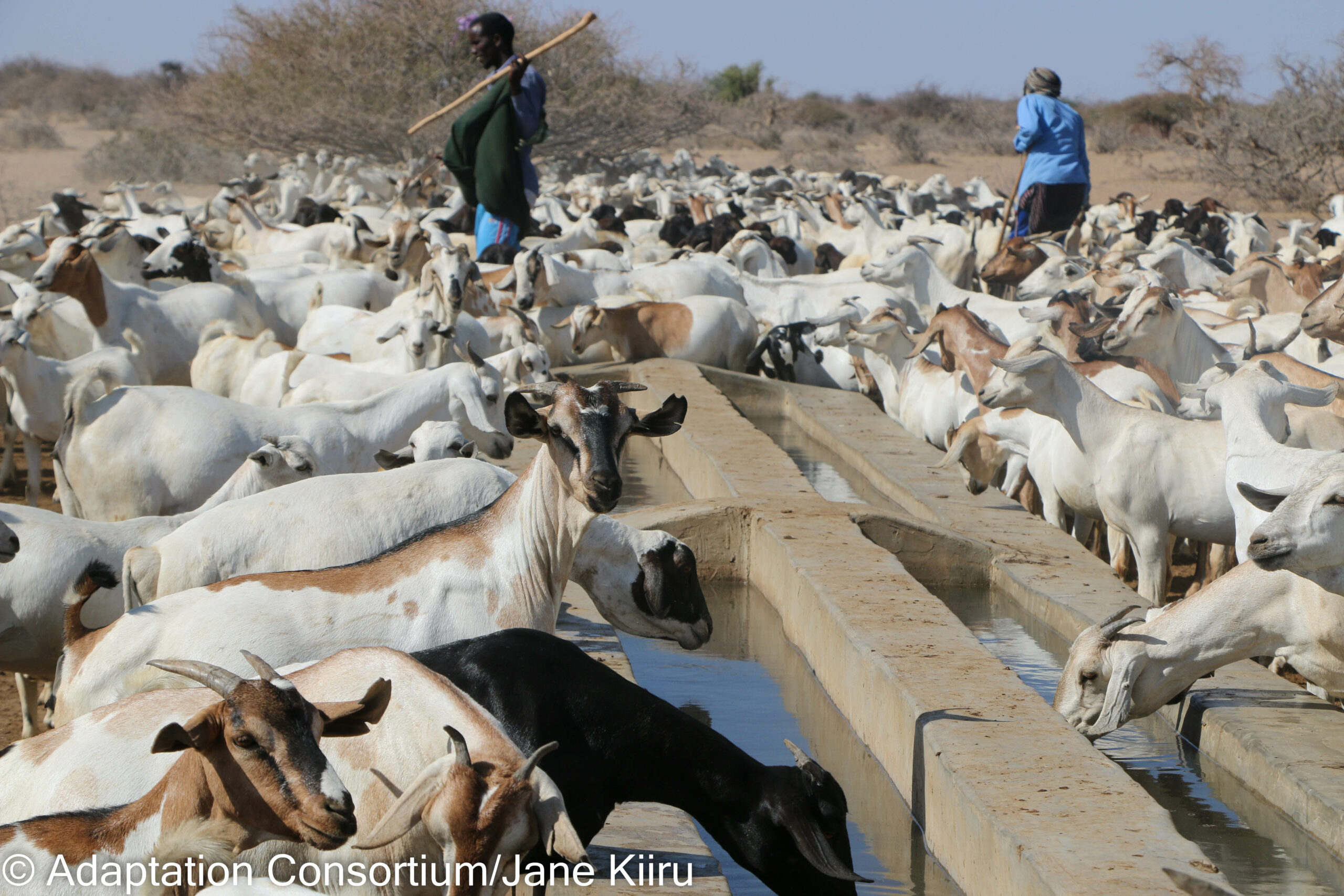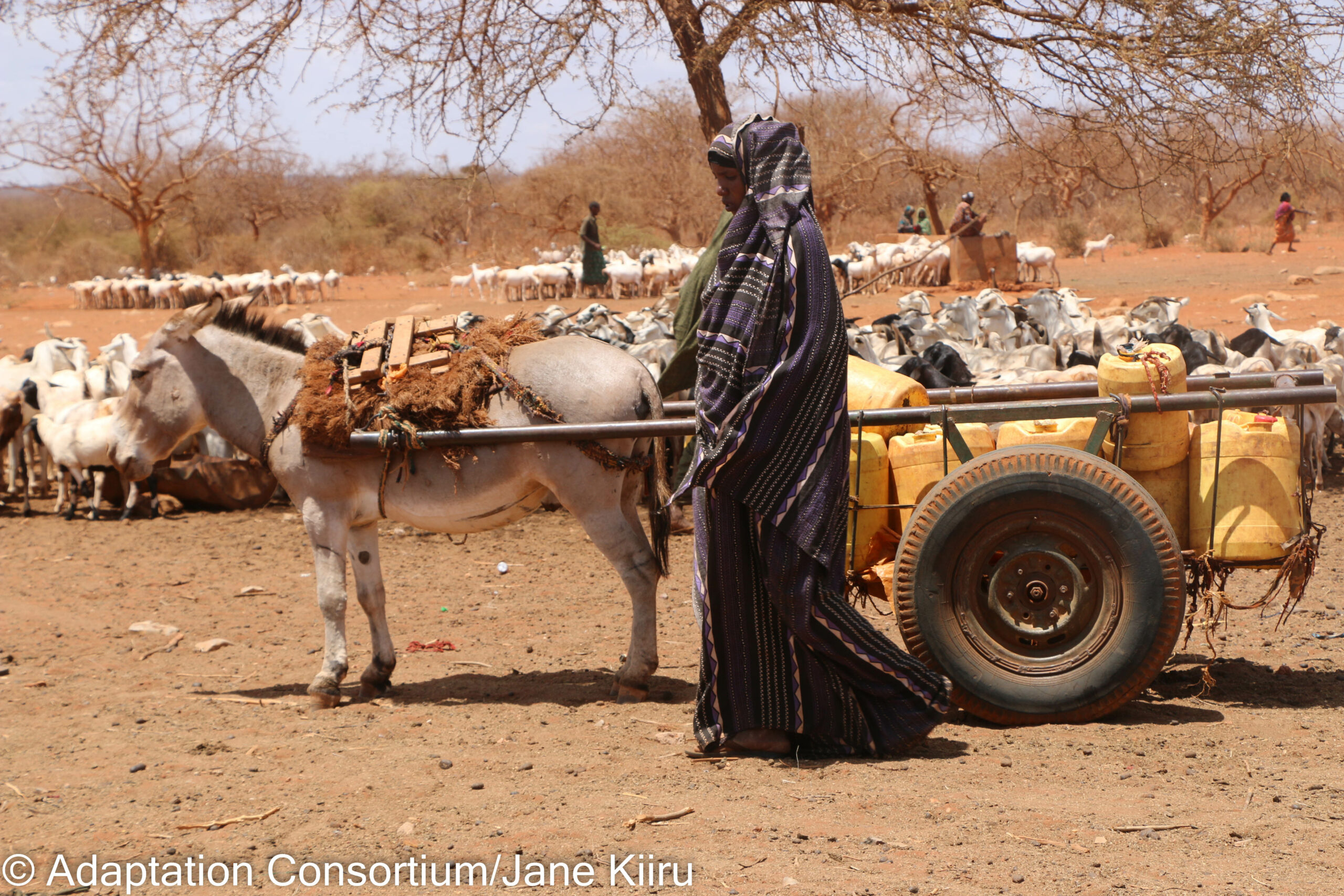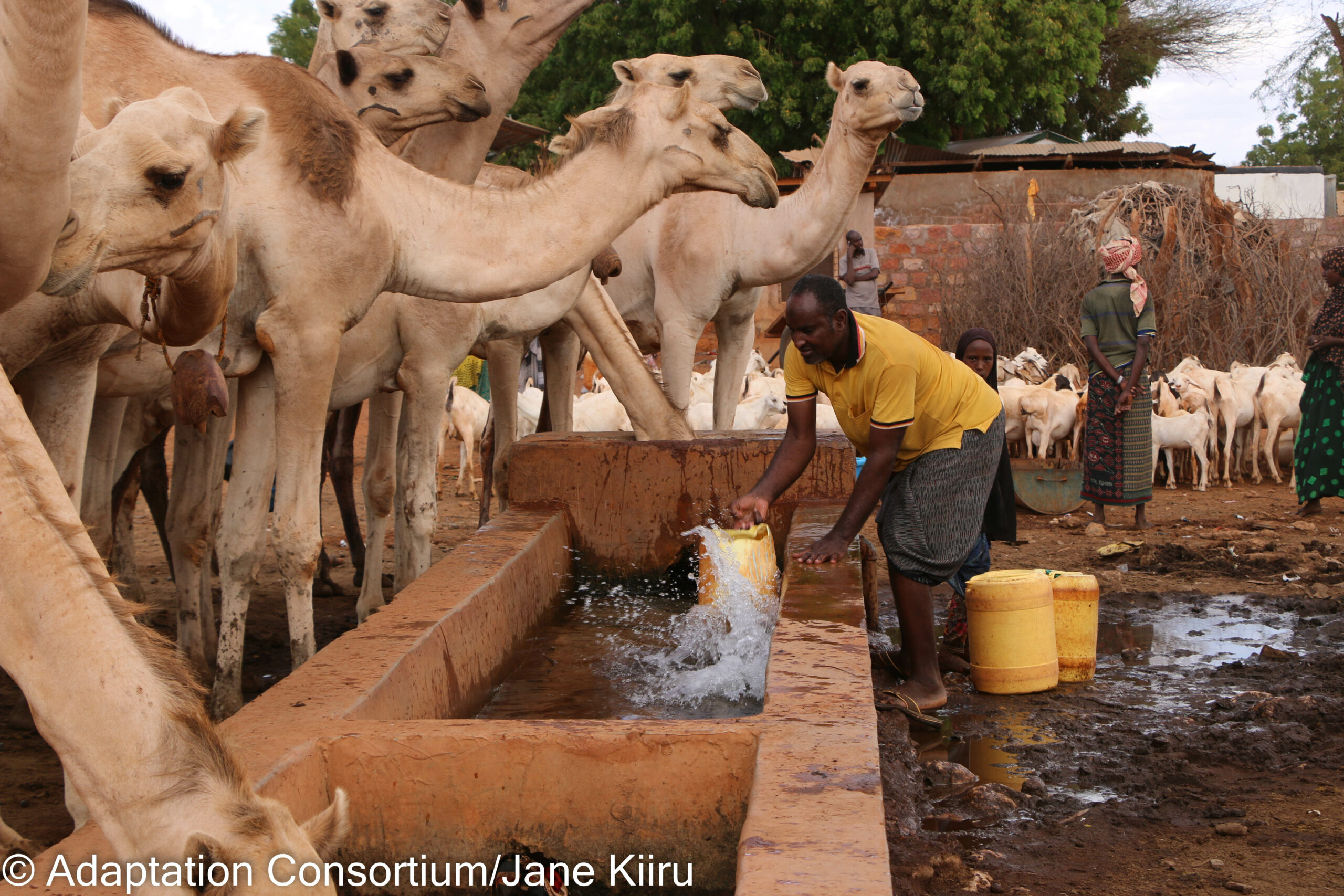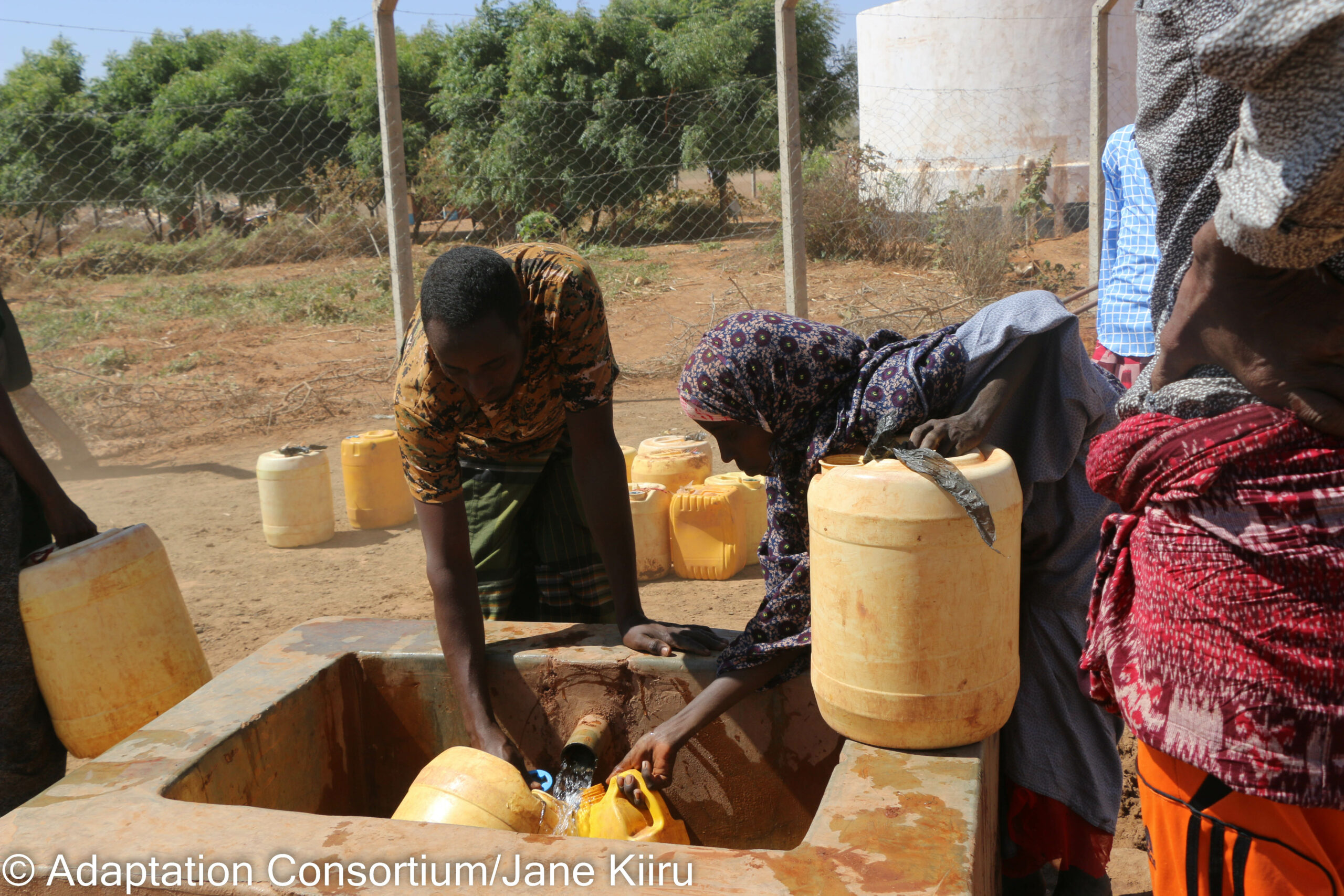Kenya Pioneers Climate Finance for Pastoralist and Vulnerable Communities
The Financial Governance winners of the GCA Local Adaptation Champions Awards support marginalized pastoral communities to access and spend climate finance for improved livelihoods
K
enya’s Adaptation Consortium has designed a County Climate Change Fund to support communities to create, access, and use climate finance from varied sources, to reduce their vulnerability to climate change. Originally designed to increase capacity for local development planning and climate change adaptation in some of Kenya’s most vulnerable regions, the Fund evolved to encompass mitigation measures and to influence national climate policy.
In addition to strengthening public participation in the management and use of climate financing, the County Climate Change Fund aims to provide subnational governments and communities with a predictable and sustained source of finance for adaptation and resilience-building efforts, which is being scaled up by the government across the country.
“We noticed that while a lot was happening in climate finance, it was not happening in a coordinated manner,” said Victor Orindi, National Coordinator of the Adaptation Consortium. “Vulnerable communities were not able to access funds. We noticed a barrier in sustained funding streams; and communities did not have much say in the work to be implemented. So, we started a journey together towards a shared vision of empowering the community.”

Taking climate funding to the last mile
Aligned with all national policy and legal frameworks on climate change, governance and development planning, the County Climate Change Fund is among the first mechanisms that put local and climate-vulnerable communities in charge of decision-making, through pertinent and cost-effective public good investments.
Counties in Kenya are supported to create, access, and use climate finance from different sources to build community resilience and carry out climate-resilient development. This prepares communities to access climate finance and enables them to have a say in the management and use of climate funds. Community members are involved in the design and implementation of interventions, and in planning and prioritization of public funding, with strong community involvement of youth, women and men throughout the project cycle.

Long-term planning for resilience that lasts
The inclusion of climate-vulnerable people in decision-making is a key principle of the Fund, reducing the risk of conflict and enhancing the sustainability of investments. “Responding and adapting to climate challenges largely depends on context; and the only way you can get that right is by ensuring that those who are impacted have a say in terms of how and where things are done. Enabling them to be involved in planning process ensures that their voices count at the end of the day,” Orindi explained.
For example, in the arid County of Isiolo, pastoralists use a traditional grazing system that subdivides their land into wet, dry and drought season grazing areas. A major challenge the community faced was controlling access to the drought reserve during normal times.

“We supported the pastoral community in the dryland areas to invest in a bore hole with a portable pump, strategically located in drought grazing areas so that livestock keepers could access water while ensuring compliance with customary natural resource management plans to avoid degrading the grazing area,” said Orindi.
“Additionally, we supported strengthening of the Range User Association to improve internal governance including financial management, which contributed to better record keeping and saving money from the nominal fee for those watering their livestock. The money generated is channeled to support maintenance and repair of the pump.”
“We now have water,” said Fatuma Mohamed Abdi, a businesswoman from Gitcha in Wajir County. “In the past, we used to have to walk 10 kilometers to fetch water on our back and using donkeys.”

The County Climate Change Fund’s investments have been found to be cost-effective and efficiently implemented compared to centrally managed initiatives, Orindi said. This mechanism also provides local governments with a model for how to provide predictable climate funding.
Professor Patrick Verkooijen, Chief Executive Officer of the Global Center on Adaptation, said: “The Adaptation Consortium Kenya puts climate finance where it is needed most – at the local level. This ensures the prioritization and delivery of locally appropriate and sustainable adaptation investments.”
Ban Ki-moon, Chair of the Global Center on Adaptation and 8th Secretary-General of the United Nations, said: “The Adaptation Consortium Kenya ensures women and young people are included in climate change interventions both as leaders and beneficiaries. This ensures the investments made are not only inclusive, but more likely to be successful.”
Sheela Patel, Director of the Society for Promotion of Area Resource Centres, said: “The Kenyan process has immense implications for Kenyan civil society organizations. It is remarkable for the number of people it impacts, and the engagement it generates, particularly in the African context.”
All photos courtesy of Adaptation Consortium/Jane Kiiru